Japanese Evergreen Oak Tree
- October 4, 2023
- 0 comment
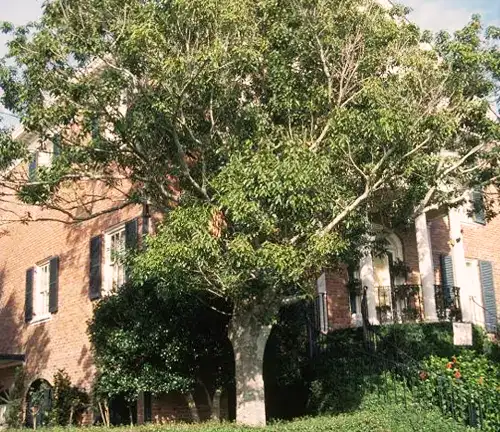
The Japanese Evergreen Oak, scientifically classified as Quercus acuta, emerges as a botanical masterpiece deeply entrenched in the multifaceted landscapes of Japan. This magnificent tree, a proud member of the Fagaceae family, stands out for its remarkable evergreen nature, a feature that distinguishes it from its deciduous counterparts. With a majestic stature ranging from 20 to 40 feet upon maturity, the Japanese Evergreen Oak assumes a pyramidal growth habit, its silhouette contributing to the picturesque charm of the environments it inhabits.
A defining characteristic of this oak species lies in its leaves, adorned with a glossy dark green hue that persists throughout the changing seasons. Unlike deciduous oaks that shed their leaves in the fall, the Japanese Evergreen Oak proudly upholds its verdant canopy, providing not only year-round visual appeal but also consistent shade in its surroundings. The bark of the tree, initially smooth and gray, undergoes a transformative journey as it matures, developing a distinctive rough texture that adds a layer of character to its trunk.

Come spring, the Japanese Evergreen Oak adorns itself with inconspicuous flowers, a subtle prelude to the small acorns that follow later in the season. These acorns, a vital component of the tree’s reproductive cycle, serve a dual purpose as a source of sustenance for a variety of wildlife species, contributing to the ecological diversity of its habitat.
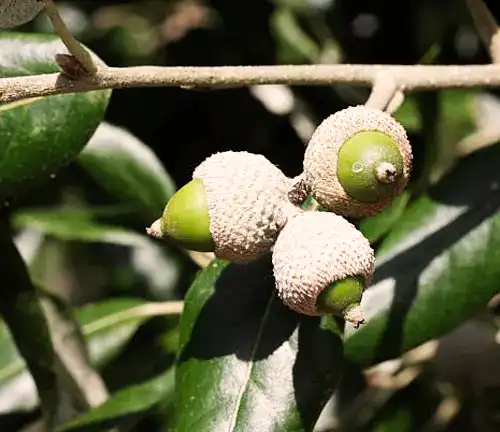
Culturally, this oak species holds a revered place in traditional Japanese gardens and landscapes, where its adaptability to various soil types and climates makes it a sought-after choice for ornamental purposes. Its aesthetic contributions extend to urban environments, where it thrives as a resilient and versatile element in landscaping projects across cities and towns.
| Characteristic | Description |
| Scientific Name | Quercus acuta |
| Family | Fagaceae |
| Type | Deciduous tree |
| Height | 20 to 40 feet |
| Growth Habit | Pyramidal |
| Growth Rate | Moderate |
| Soil Preference | Well-drained soil, but tolerant of various soil conditions |
| Sunlight | Full sun to partial shade |
| Flowering Season | Spring |
| Longevity | Can live for several centuries |
| Trunk Diameter | 1-1.5 meters (3-5 feet) |
A Brief History
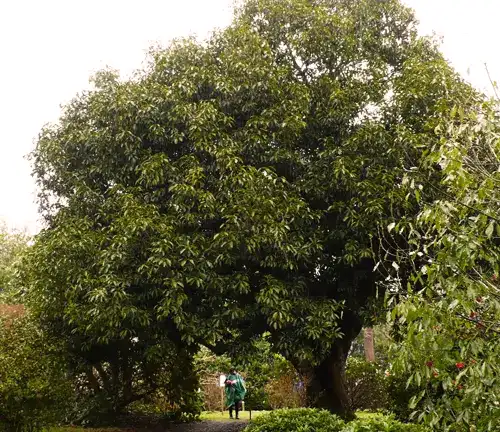
The Japanese Evergreen Oak (Quercus acuta) stands as a living testament to the rich natural history of Japan. With roots that delve deep into the country’s landscapes, this majestic tree has woven its story into the tapestry of Japanese culture and ecology. The history of the Japanese Evergreen Oak is a narrative that spans centuries, marked by its enduring presence in traditional gardens, urban landscapes, and the hearts of those who appreciate its beauty.
Color/Appearance
Dressed in a coat of glossy dark green, the Japanese Evergreen Oak is a beacon of color throughout the year. Unlike its deciduous counterparts, this tree retains its verdant foliage even in the depths of winter, casting a striking contrast against the changing seasons. The vibrant hue of its leaves paints a vivid picture in the landscape, making it a sought-after ornamental choice for those who value a touch of perpetual greenery.
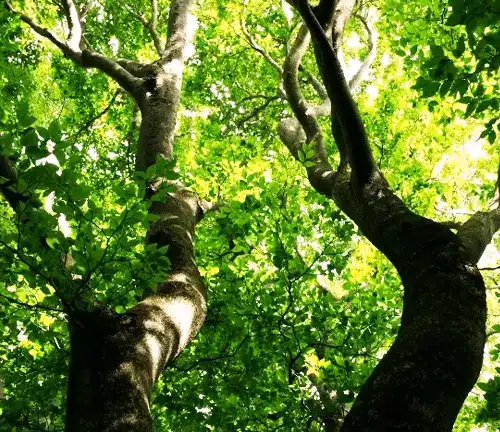
Botanical Features
Delving into the botanical nuances of the Japanese Evergreen Oak reveals a species of remarkable resilience and grace. With a pyramidal growth habit, the tree reaches a mature height of 20 to 40 feet. Its lanceolate leaves, serrated along the margins, contribute to the overall aesthetic appeal. The bark, initially smooth and gray, evolves into a textured tapestry as the tree ages, adding a layer of character to its sturdy trunk.
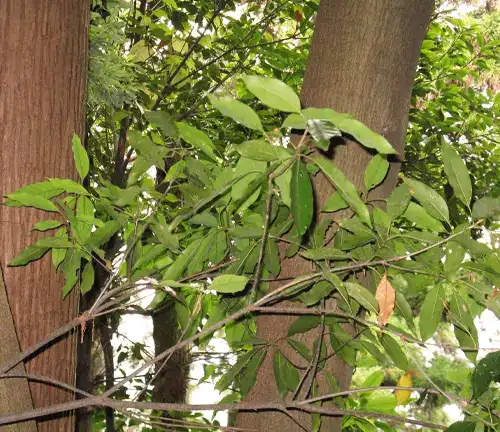
Cultivation and Care

The cultivation of the Japanese Evergreen Oak is a testament to its adaptability. Thriving in various soil types and climates, it has become a favored choice in landscaping projects across Japan and beyond. For those cultivating this species, providing well-drained soil and ample sunlight is key. Its moderate growth rate and relatively low maintenance needs make it an accessible choice for both seasoned horticulturists and budding garden enthusiasts.
Ecological Importance
Beyond its ornamental allure, the Japanese Evergreen Oak plays a pivotal role in supporting biodiversity. Acting as a haven for insects, birds, and mammals, it contributes to the health and diversity of ecosystems. Its acorns, a vital component of its reproductive cycle, serve as a crucial food source, fostering a delicate balance within the intricate web of nature.

Wood Products and Applications
The journey of the Japanese Evergreen Oak extends beyond the forest, as its sturdy wood finds purpose in human creation. Crafted into furniture, architectural elements, and functional art, the timber becomes a medium for expressing both strength and elegance. From the forest, the tree’s essence transforms into enduring pieces that tell a story of craftsmanship and natural beauty.


Culinary Applications
Delving into culinary realms, the Japanese Evergreen Oak extends its influence to the kitchen. The acorns, though small, have found their place in traditional Japanese cuisine. Processed and prepared, these acorns add a unique flavor profile to certain dishes, showcasing the multifaceted utility of this venerable tree.


Benefits
The benefits of the Japanese Evergreen Oak are multifaceted, touching upon cultural, ecological, and practical aspects. As a symbol of enduring beauty, it graces gardens and landscapes, connecting people to the natural heritage of Japan. Ecologically, it sustains diverse ecosystems, supporting wildlife and preventing soil erosion. From wood products to culinary delights, this tree offers tangible benefits, enriching lives in ways both aesthetic and utilitarian.

In conclusion, the Japanese Evergreen Oak transcends its role as a mere tree, evolving into a cultural icon, an ecological cornerstone, and a source of practical value. Its story, woven into the fabric of Japan’s history, continues to unfold, inviting us to appreciate and nurture the profound connection between humanity and the natural world.
Frequently Asked Questions (FAQs)
- Does the Japanese Evergreen Oak tree have any special cultural significance in Japan?
Yes, indeed. The Japanese Evergreen Oak holds cultural importance in Japan, often found in traditional gardens and landscapes. Its evergreen nature symbolizes endurance and permanence, making it a favored choice for creating serene and timeless settings. - Are there any unique rituals or festivals associated with the Japanese Evergreen Oak in Japan?
While not as prominent as some other trees like cherry blossoms, the Japanese Evergreen Oak does make occasional appearances in local festivals and ceremonies. Some communities celebrate the acorn harvest season with small events to acknowledge its culinary and cultural significance. - Do the acorns of the Japanese Evergreen Oak tree have any traditional medicinal uses in Japan?
Interestingly, yes. In traditional Japanese herbal medicine, the acorns of the Japanese Evergreen Oak are sometimes used to prepare remedies believed to aid in digestive and respiratory health. However, their use in modern medicine is limited. - Are there any unique myths or folklore associated with the Japanese Evergreen Oak tree in Japanese culture?
While not as widely documented as some other trees, there are local legends and folklore that attribute protective or spiritual qualities to the Japanese Evergreen Oak. In some areas, it is believed to shelter spirits or have the power to ward off evil. - Can the Japanese Evergreen Oak tree be used for bonsai cultivation, and are there any special techniques for this?
Yes, the Japanese Evergreen Oak is suitable for bonsai cultivation. Cultivating it as a bonsai involves careful pruning, wiring, and maintaining its evergreen foliage. Special attention is given to creating a well-proportioned miniature representation of the tree’s natural form, which can take many years to achieve successfully.


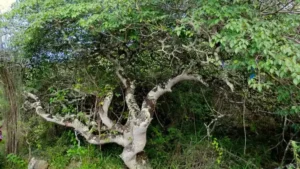

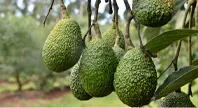
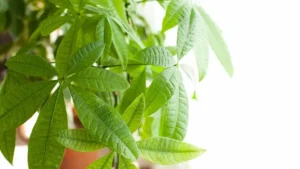

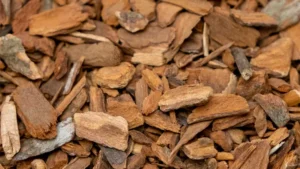
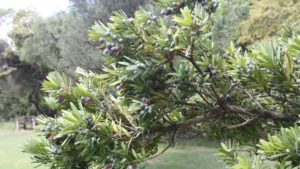
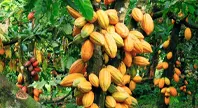

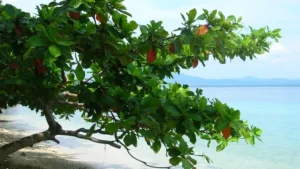
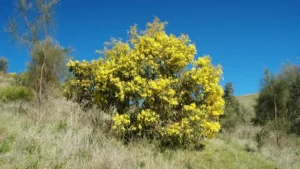

Leave your comment